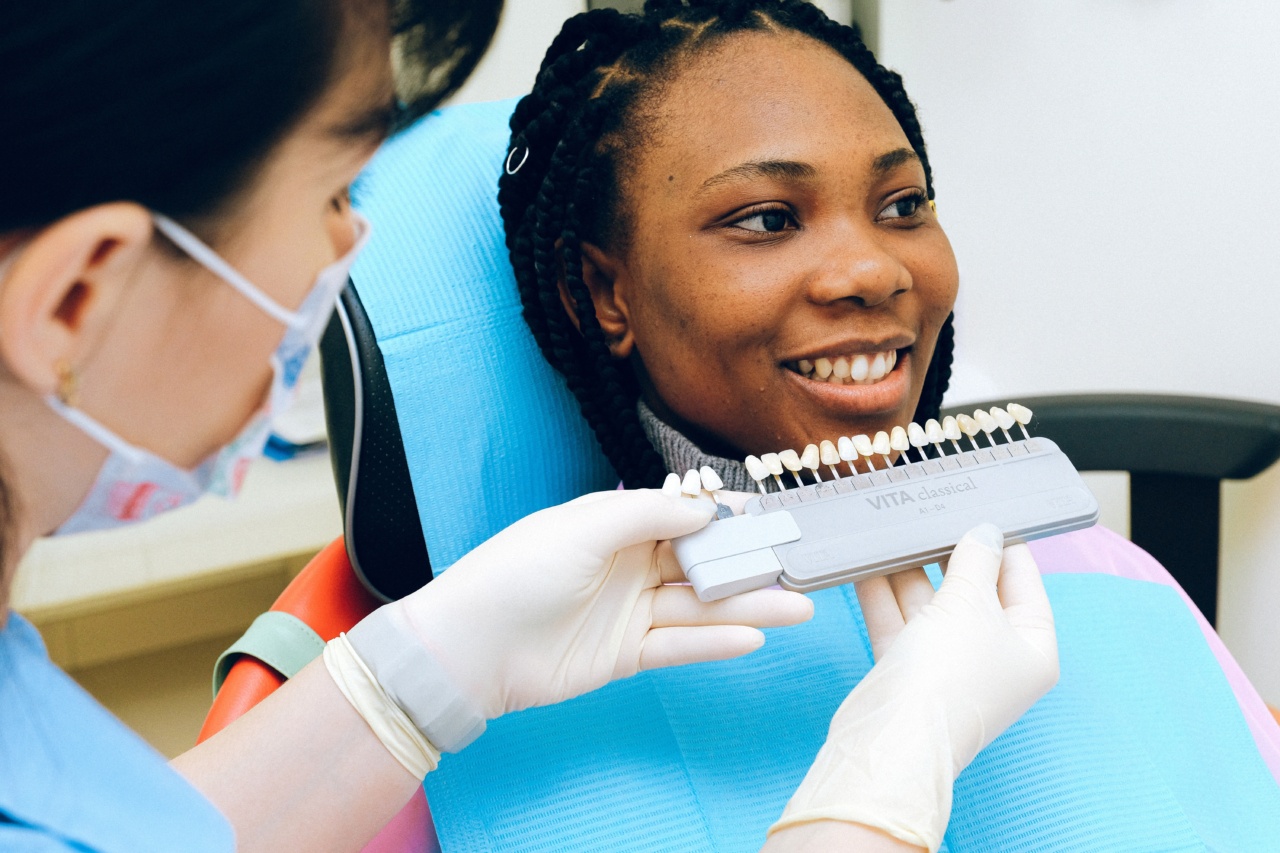Oral cancer is a serious and potentially life-threatening disease that affects millions of people worldwide. Early detection is crucial for successful treatment and improving patient outcomes.
Traditionally, diagnosing oral cancer has involved invasive procedures and lengthy laboratory testing, often causing delay in diagnosis and treatment. However, a groundbreaking new test is revolutionizing the way oral cancer is detected, providing results in a matter of minutes.
The Importance of Early Detection
Oral cancer refers to cancer that develops in any part of the mouth, including the lips, tongue, cheeks, floor of the mouth, hard and soft palate, sinuses, and throat.
According to the World Health Organization, oral cancer is the 8th most common cancer globally, with over 350,000 new cases and 177,000 deaths reported each year.
Early detection plays a critical role in reducing morbidity and mortality associated with oral cancer. When detected and treated in its early stages, the chances of successful treatment and survival dramatically increase.
However, due to the lack of noticeable symptoms in the early stages, oral cancer often goes undiagnosed until it has progressed to an advanced stage, making treatment more challenging and less effective.
The Latest Test: A Game-Changer in Oral Cancer Detection
The latest breakthrough in oral cancer detection comes in the form of a simple and non-invasive test that can provide results in just a few minutes.
This innovative test involves the use of advanced technology, specifically designed to identify early-stage oral cancer based on specific biomarkers present in the patient’s saliva.
Conventional methods of oral cancer screening typically involve visual examination, followed by biopsy for further laboratory analysis. These procedures can be uncomfortable, time-consuming, and not always accurate.
Furthermore, they often require specialized equipment and trained professionals, making them less accessible in many healthcare settings. The new test, on the other hand, eliminates these limitations, making it a game-changer in oral cancer detection.
How Does the Test Work?
The oral cancer detection test works by analyzing specific biomarkers present in the patient’s saliva samples. These biomarkers are unique substances or molecules that indicate the presence of oral cancer cells or pre-cancerous conditions.
By detecting these biomarkers, the test can accurately identify the presence of oral cancer at an early stage.
The test is conducted by collecting a small saliva sample from the patient. The sample is then processed using a portable diagnostic device that analyzes the biomarkers present in the saliva.
Within minutes, the device provides a clear and accurate diagnosis, indicating whether oral cancer is present or not.
The Advantages of the New Test
The introduction of this new oral cancer detection test offers several advantages over traditional screening methods. Here are some key benefits:.
1. Early Detection:
The test has been shown to detect oral cancer at its earliest stages, increasing the chances of successful treatment and improved patient outcomes.
2. Non-Invasive:
The test is completely non-invasive, requiring only a simple saliva sample. This eliminates the need for uncomfortable and invasive procedures like biopsies, reducing patient discomfort and anxiety.
3. Rapid Results:
Unlike traditional laboratory testing, which can take days or even weeks to deliver results, this new test provides a diagnosis within minutes.
This rapid turnaround time enables healthcare providers to initiate treatment promptly, preventing delays and improving patient care.
4. Cost-Effective:
The new test is designed to be cost-effective, making it suitable for implementation in various healthcare settings. It eliminates the need for costly equipment and specialized personnel, making oral cancer screening more accessible and affordable.
5. User-Friendly:
The diagnostic device used in the oral cancer detection test is user-friendly and portable. It can be operated by healthcare professionals with minimal training, enabling widespread adoption and integration into routine screenings.
The Future of Oral Cancer Detection
The introduction of this revolutionary test marks a significant advancement in oral cancer detection. As technology continues to evolve, we can expect further improvements in diagnostic accuracy, portability, and affordability.
This breakthrough not only benefits patients but also healthcare professionals, allowing them to provide better care and save more lives.
With early detection becoming more accessible and convenient, it is essential for individuals to prioritize regular oral cancer screenings.
If you experience any persistent symptoms such as mouth sores, difficulty swallowing, jaw pain, or persistent hoarseness, it is crucial to consult a healthcare professional for further evaluation and potential oral cancer testing.




























